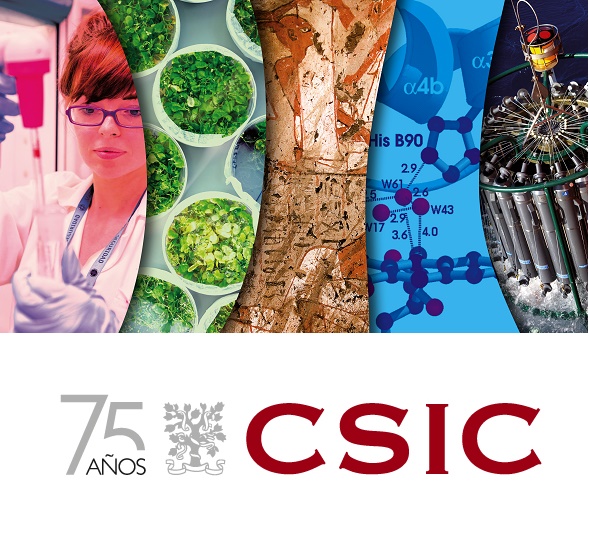
Cardiovascular disease is principally manifested in the form of acute myocardial infarction, atherosclerosis being the main underlying pathology. The lipid deposited on the atherosclerotic plaques of the coronary arteries determines the tendency for the plaque to rupture, and when the plaque breaks it triggers the thrombotic process and precipitates the development of ischaemic cardiomyopathy. While rare (owing to the technical difficulty of exploring the myocardial lipid in patients), the clinical studies that have been carried out using magnetic resonance imaging have shown that the myocardial lipid correlates significantly to the extension of the infarcted zone and to systolic and diastolic dysfunction, thus indicating that lipids have a direct impact on the heart. It is therefore crucial, for the purposes of cardioprotection, that the accumulation of cholesterol should be prevented at the vascular and myocardial level. However, at present there are no pharmacological alternatives on the market to prevent the influx of cholesterol, either in the vasculature or in the heart. In our group, we are proposing the LRP1 receptor as a new therapeutic target to prevent functional alterations associated with the accumulation of cholesterol in the vascular wall and in the myocardium in situations of atherosclerosis, ischaemic cardiomyopathy and diabetic cardiomyopathy. We are currently developing new molecules that will potentially be useful for preventing both evolution from atherosclerosis to thrombosis, and arrhythmias caused by cholesterol deposits in the ischaemic and diabetic myocardium. Current therapies, which are based on controlling the main risk factors, have a 40%-50% effectiveness in reducing the incidence of ischaemic cardiovascular events. This implies the need to develop new therapies aimed at attacking the atherosclerotic disease in the vascular wall. Currently, there are several vaccines in the development stage which seek to modulate the immune response to antigens in the atherosclerotic plaque, such as antigens associated with LDL, “heat-shock proteins” and antigens with an extracellular matrix. Most of these studies, carried out on mice models, have not yet been validated on humans. Therefore, therapies are needed that are specifically aimed at modulating the mechanisms that encourage the formation and stability of the atherosclerotic plaque and the entry of cholesterol into cardiomyocytes. In this lecture, the speaker will be explaining some of the experimental approaches that our group is developing to solve this problem – one that is of great importance in today’s society, given that ischaemic cardiomyopathy is the main cause of death in Western countries, and that acute infarction of the myocardium accounts for 50% of deaths in this group. On the other hand, the incidence and progression of type II diabetes is reaching epidemic levels. By 2030, cardiovascular disease will be the main cause of death (40%) in the population over 65 years of age, and the problem being tackled in this project – the uncontrolled accumulation of cholesterol in the vascular and myocardial wall – is closely linked with ageing.
Cycle: 75th anniversary of CSIC - “Science today for a better tomorrow”
Organized by: Residence for Researchers CSIC-Generalitat of Catalonia